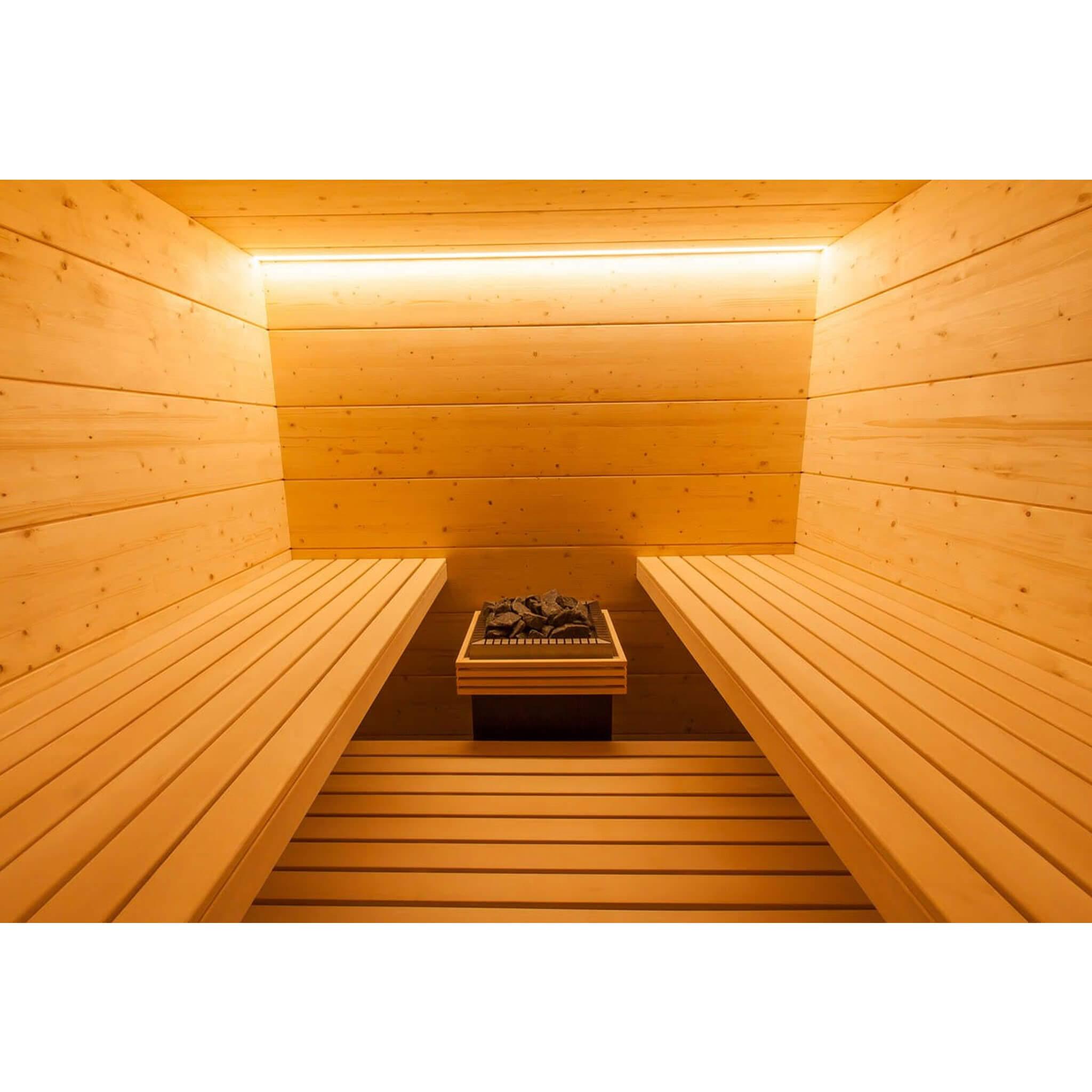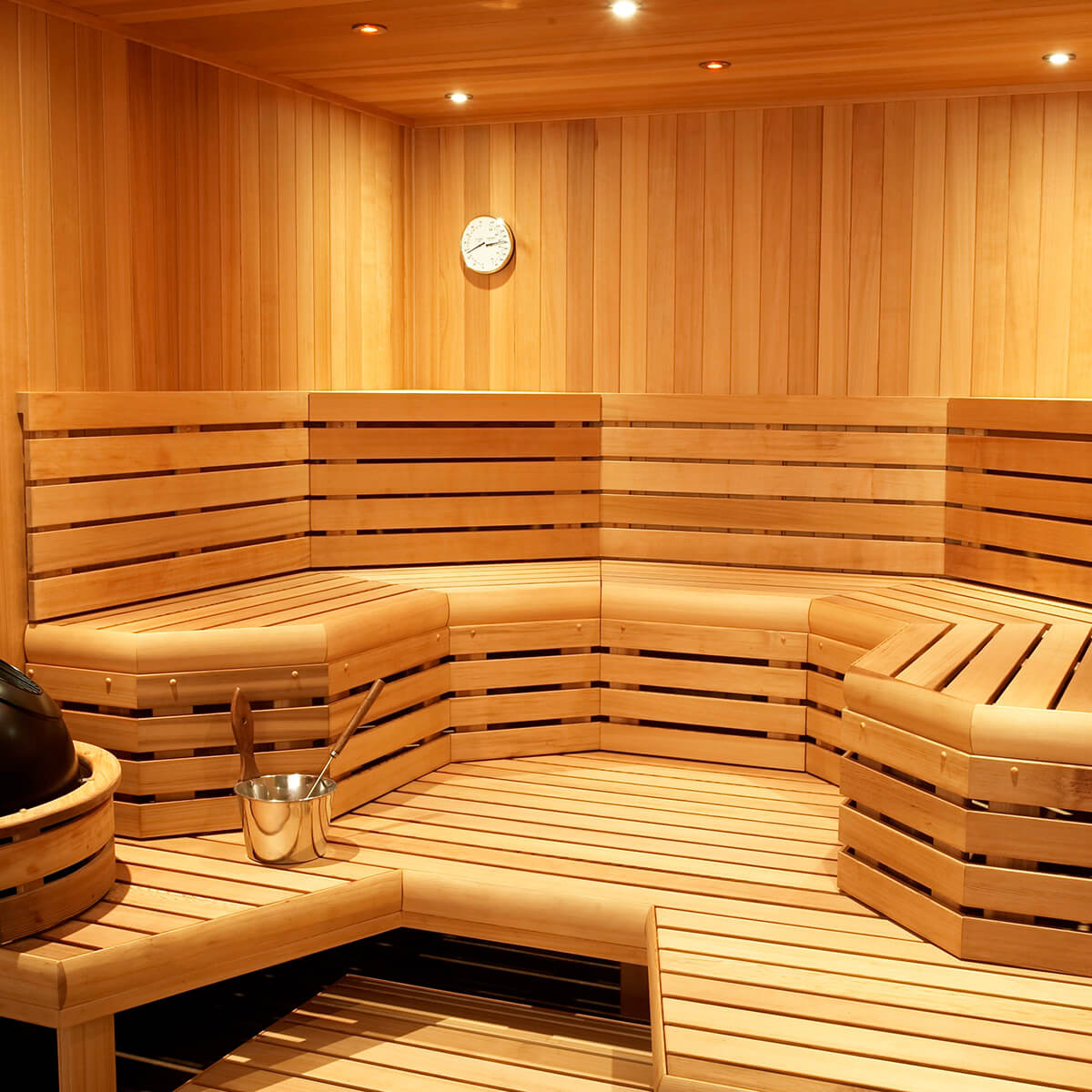Things about Traditional Sauna
Table of ContentsAn Unbiased View of Traditional SaunaRumored Buzz on Traditional SaunaTraditional Sauna - An OverviewThe Basic Principles Of Traditional Sauna Traditional Sauna for Dummies
A lot of the weight lost in a sauna is water loss and is re-gained upon rehydrating. However, undeniably sauna can be an integral part of a healthy fat burning program. To check out the differences between standard and IR saunas, I will separate these right into proven, theoretical, and produced differences.Thus, the best factor in the saunawhich is at the ceiling straight above the sauna heateris normally between 185 and 190 F. Claims that a traditional sauna exceeds 200 F is merely not real and not suitable for electric saunas marketed in the United States. The temperature for a far-infrared sauna is typically established between 120 and 140 F; nonetheless, unlike the conventional sauna, the goal in and IR area is not to accomplish a heat.
Since of this, the temperature level distinction is nearly irrelevant, considering that profuse sweating leads to both sauna types, however the approach of heating up the body is various. In an IR sauna the bather will really feel warm and will certainly sweat a lot, however at a lot lower temperatures (Traditional Sauna). Therefore, if the goal is to spend longer time periods in the sauna, the IR sauna is a great choice
When a typical sauna has been appropriately warmed, the sauna walls are warm, the air temperature has actually accomplished established temperature level and the rocks are very warmed. As an interesting side note, the heated walls and the rocks are sending out far-infrared heat, integrated with the warmed air, to produce an "covering heat".
Some Known Details About Traditional Sauna

When the heat is accomplished, the aspects cycle on and off to keep the heat. A lot of standard sauna customers enjoy putting water over the rocks to develop heavy steam to increase sauna humidity degrees. The advantages of pouring water over the rocks include: making the space much more comfortable, dampening the nasal flows, and allowing the usage of aromatherapy by blending necessary oils with the water.

When the energy goes into the body, it causes the body temperature to boost and ultimately causes sweating. In an infrared sauna it is very important for the emitters/heaters to remain on virtually regularly. Because there is no mass of rocks Traditional Sauna to preserve heat, the sauna will cool down if the emitters turned use this link off.
As mentioned above, the sauna bather in an infrared area wishes to position himself before operating emitters to obtain maximum advantage from the heat. The home heating time for both spaces can be really various, depending on how the spaces are made use of. For a standard sauna, a bather ought to permit 30-40 minutes for the space to accomplish a wanted temperature and to correctly pre-heat the rocks.
8 Easy Facts About Traditional Sauna Explained
A well built sauna will commonly attain a temperature level of 150-160 F in about 30-40 mins. For hotter temperature levels, the area might require to warm for a longer period.

Typical saunas tend to be bigger (hence make use of browse around this web-site more electricity) than infrared saunas, although typical saunas are definitely readily available in one and two individual dimensions. For a two-person traditional sauna, 5x6 or 5x7 dimension is most popular. The leading bench can easily seat two or three individuals and is additionally long sufficient to lie down throughout the sauna session.
How Traditional Sauna can Save You Time, Stress, and Money.
The typical price per kWH of electricity in the U.S. is approximately $0.11, so a 4.5 kW heating unit will set you back approximately $.50 to compete one hour, if the heating system runs continually for one hour. Normally a sauna heating system will certainly run for 75% of the very first hour and 50% of succeeding hours on given that the components cycle once the set temperature is accomplished.

Ultimately, there is a seldom talked about distinction in the social experience between both rooms. While our society has actually shed a few of the social benefit of the conventional sauna experience, it can be very socially fulfilling (Traditional Sauna). From family time in the sauna, to heart-felt discussions with better halves, to sauna partiesthe traditional sauna experience can cause intimate interacting socially
The Ultimate Guide To Traditional Sauna
The majority of higher end infrared spaces consist of tinted light therapy, noise systems and full-glass fronts.